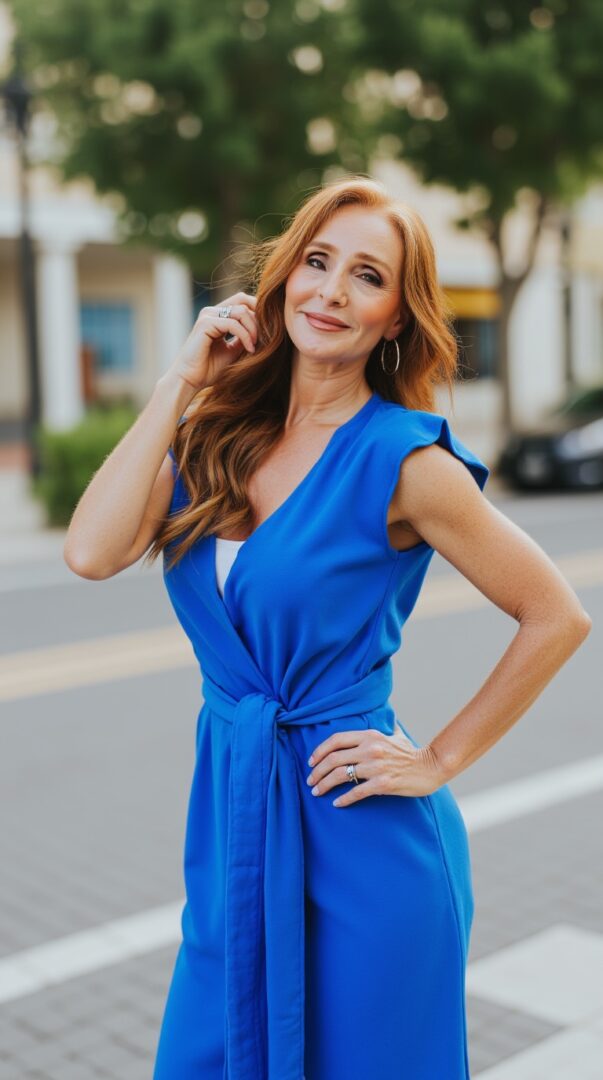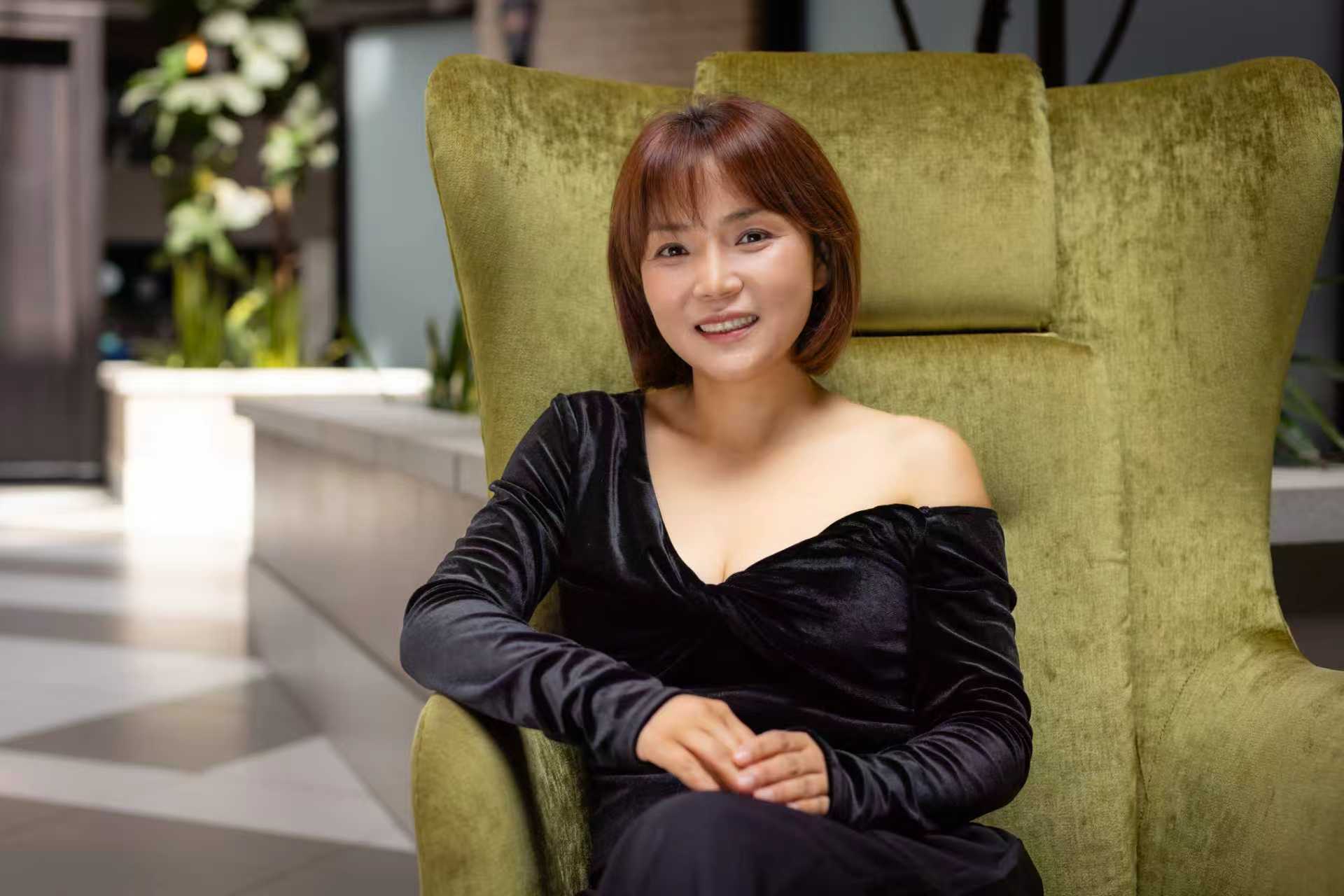We recently connected with Heather Hanson and have shared our conversation below.
Heather, thanks so much for taking the time to share your insights and lessons with us today. We’re particularly interested in hearing about how you became such a resilient person. Where do you get your resilience from?
Resilience started the day I was born.
I entered this world carrying both fragility and fire. My earliest years were marked by instability, secrets, and pain. I learned too soon how to be silent, how to endure, how to make myself small so others could feel big.
Back then, I didn’t call it resilience. I called it survival.
But survival and resilience are not the same thing. Survival is a heartbeat. Resilience is a choice. Survival is getting through the day. Resilience is learning how to live.
Every chapter of my life has been an initiation.
Autoimmunity taught me that my body is not my enemy—it is a messenger.
Betrayal taught me that when everything crumbles, I can rebuild stronger.
Burnout taught me that pushing through isn’t strength—it’s suppression.
And writing taught me that truth, no matter how raw, can heal.
When I poured my story onto the pages of Women Thrive Volume IV, it was the first time I stopped hiding behind strength and let the world see my wounds. Redefining Menopause allowed me to break the silence around a stage of life too often shrouded in shame. In Mindful Her, I revealed that my war with food was never about food—it was about trying to control chaos. And in She Wins, I finally named the truth: resilience is not born from perfection, but from persistence.
Each time I wrote, a piece of me was reborn.
And then came the day that shattered me to my core—August 21, 2024. The day my oldest son left this world.
There are no words big enough for that kind of loss. It is a grief that splits you in two—the before and the after.
But when I look back, I see that all of my life’s hardships had been preparing me for that day. Not to shield me from the pain—nothing could—but to give me the tools to walk through it.
The trauma of my childhood taught me survival.
The healing of my body taught me how to listen.
The betrayals taught me how to rise from ashes.
The writing taught me how to tell the truth, even when my voice trembles.
And faith taught me that love does not end at the grave.
This past year has been the hardest year of my life, yet also the most sacred. I’ve learned that resilience is not about bouncing back. It is about breathing through grief when the air feels heavy. It is about holding joy in one hand and sorrow in the other, and daring to believe both can exist together. It is about continuing to love, to serve, to show up—not because the pain has disappeared, but because my purpose is bigger than the pain.
Resilience, for me, is not a trophy. It’s not a title. It’s not even strength in the way the world defines it.
Resilience is the softening that comes after breaking.
It’s the courage to feel everything you once tried to bury.
It’s choosing to rise again and again, even with tears in your eyes.
This is the heartbeat of my work. I guide women back home to themselves—not to manage symptoms, but to understand them as signals. Not to numb their emotions, but to release them. Not to strive for perfection, but to find peace.
Resilience started the day I was born.
It was refined through trauma, reclaimed through healing, and reborn through the loss of my son.
And if there’s one truth I want you to carry from my story, it’s this:
You don’t need to be unbreakable to be resilient.
You only need the willingness to rise—with love as your compass—even through the hardest year of your life.
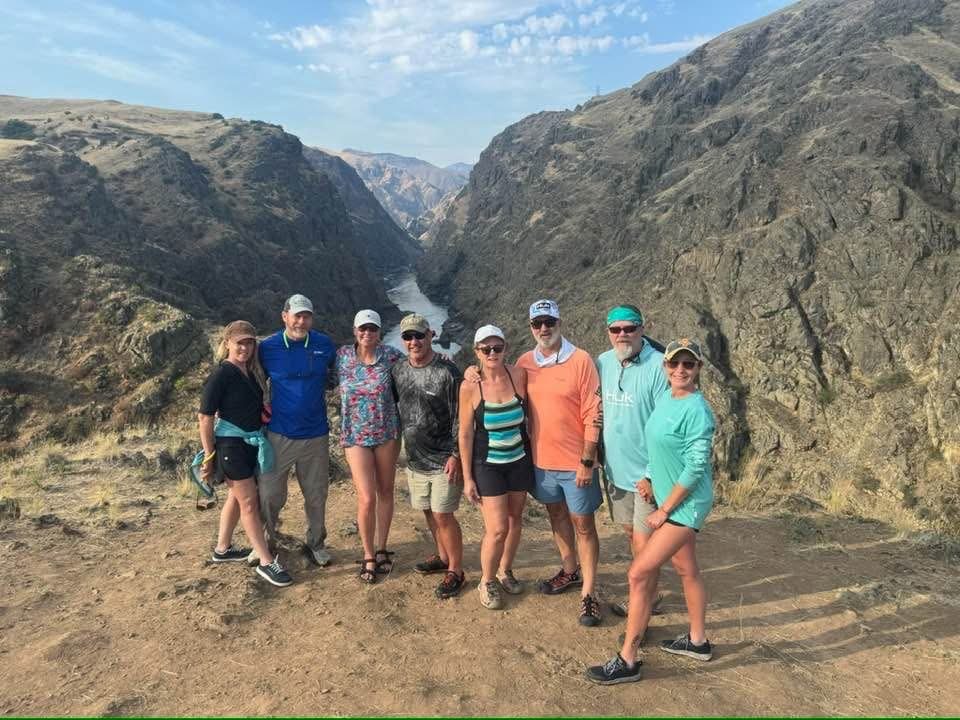
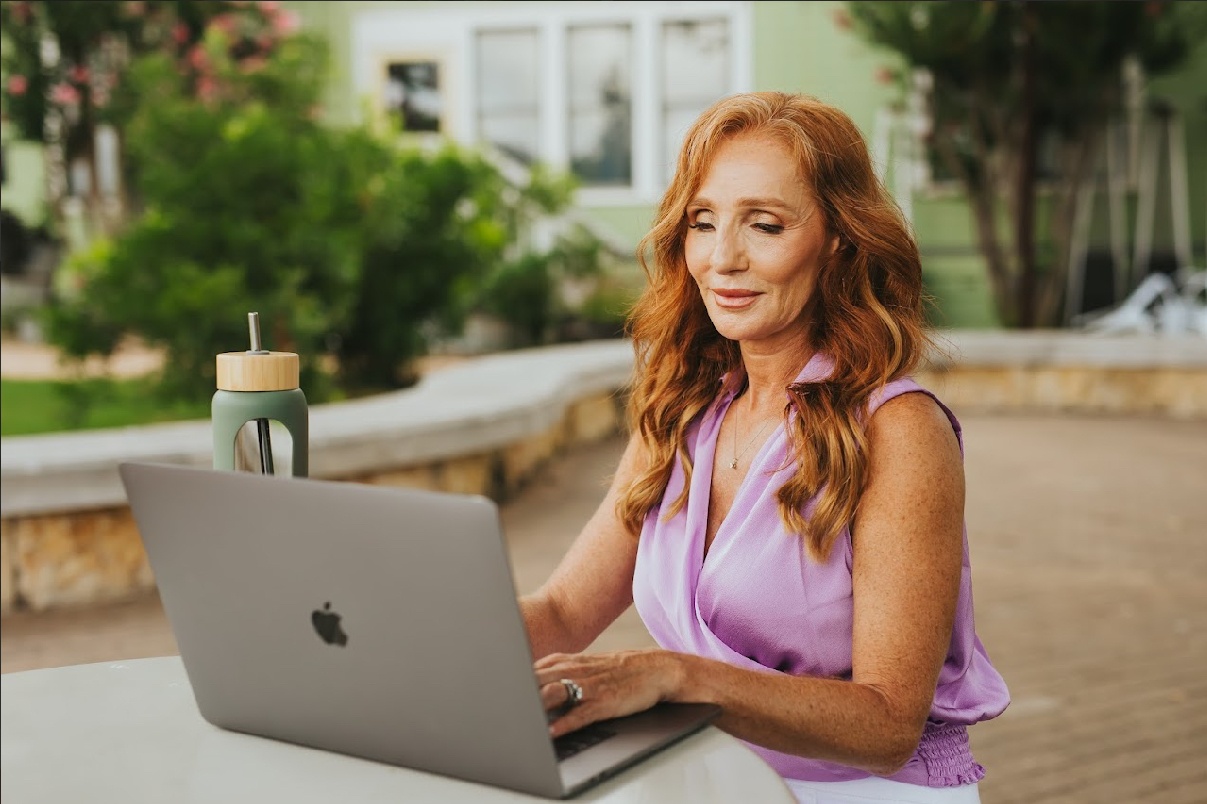
Let’s take a small detour – maybe you can share a bit about yourself before we dive back into some of the other questions we had for you?
My story and my work are deeply intertwined. Everything I teach is something I’ve lived. For years, I looked like I had it all together—business, family, success—but behind the scenes my health was unraveling. Autoimmunity, betrayal, and burnout brought me to my knees and forced me to stop pushing through and start listening. I discovered that healing doesn’t happen through willpower or quick fixes—it happens when the mind, body, and soul finally come back into alignment.
That discovery became the foundation of my practice. Today, I work with women who are exhausted from “doing everything right” yet still feel bloated, foggy, inflamed, and frustrated in their bodies. They’ve seen the doctors, tried the diets, and bought the supplements—but nothing sticks. What makes my approach unique is that I blend science and soul: advanced testing (gut, hormone, genetics, cellular health) paired with somatic practices like breathwork, nervous system regulation, NLP, and embodiment. It’s not about managing symptoms—it’s about decoding them, releasing what’s been buried, and creating space for true healing.
The most exciting part of my work is witnessing the moment a woman says, “I finally feel like myself again.” That spark—that shift from survival into peace and purpose—is what keeps me devoted to this mission.
Beyond my practice, service is also a vital part of my life. I serve on the advisory council for Central Texas Table of Grace, a nonprofit that provides emergency shelter and care for displaced foster children in our community. We’re working toward a mission that is especially close to my heart: building a permanent shelter that will provide safety, stability, and love for children who’ve been through unimaginable hardship. I also volunteer with Yesterday’s Gone, an organization that supports women who have experienced devastating loss. After losing my own son, this work is sacred to me—I know what it means to walk through grief with someone who understands that healing is not about moving on, but about learning to live with both love and loss.
What’s new? I’ve recently expanded my offerings to include a 16-week grief embodiment program, born out of my personal journey after losing my son. This program goes beyond traditional grief support, guiding people through a body-led process of feeling, releasing, and restoring without needing to put their pain into words. Alongside this, my Aging Alchemy™ Method continues to help women reclaim energy, confidence, and love the body they live in.
At the heart of it all, my mission is simple: to create spaces—whether in my practice, in foster care, or in grief support—where people feel safe, seen, and supported. Because true healing only happens when the mind, body, and soul are finally at peace.
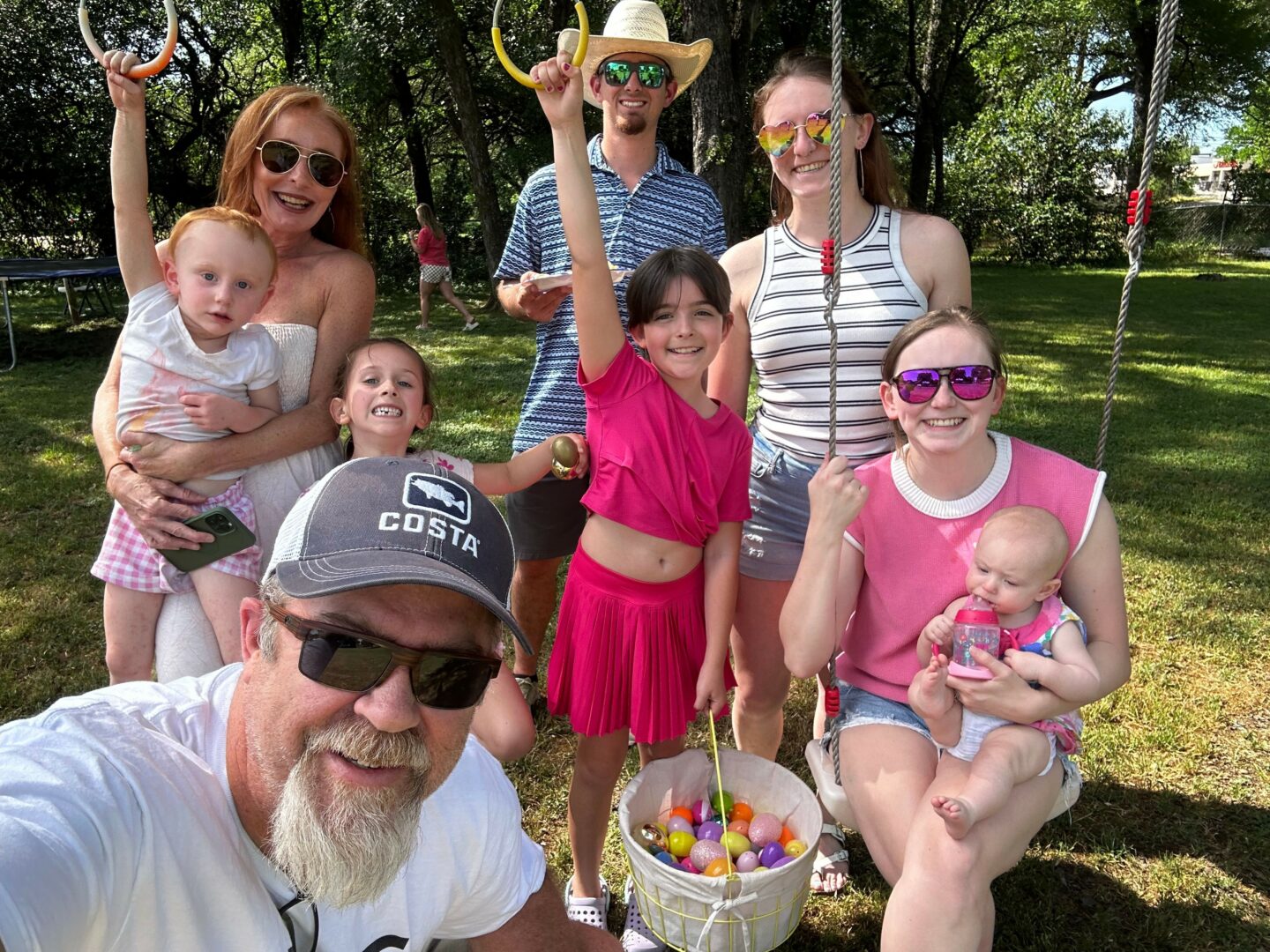
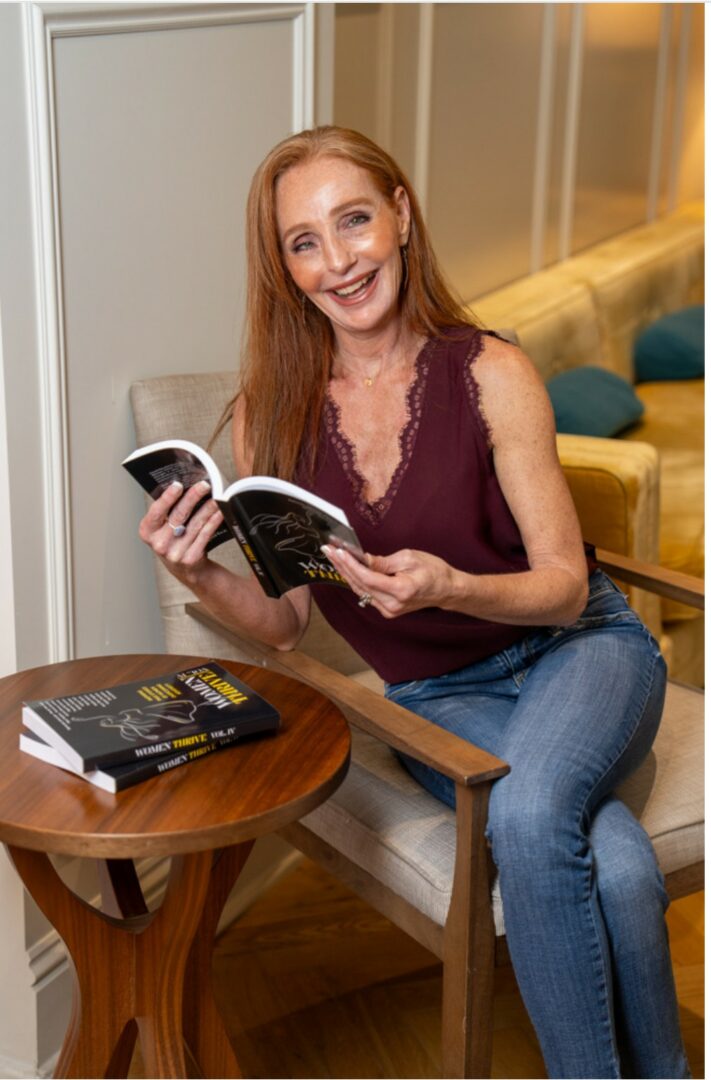
There is so much advice out there about all the different skills and qualities folks need to develop in order to succeed in today’s highly competitive environment and often it can feel overwhelming. So, if we had to break it down to just the three that matter most, which three skills or qualities would you focus on?
1. Remembering that we are more than what has happened to us.
For much of my life, I believed I was defined by my trauma, my diagnosis, my grief. But resilience is not about denying the hard things—it’s about refusing to let them be the whole story. My advice: learn to honor your past without letting it dictate your future. Healing starts the moment you choose to believe, “I am more than this.”
2. Learning to listen—to myself, my body, and my soul.
Autoimmunity, burnout, even grief all taught me the same lesson: the body keeps score when we ignore its whispers. Symptoms are signals, not enemies. My advice: slow down enough to notice. When your shoulders tighten, your breath shortens, or your gut feels off—pause. Your body is asking for your attention, not your punishment.
3. The courage to tell the truth, even when it shakes.
For years, I silenced my voice. Writing my stories in Women Thrive, Redefining Menopause, and beyond changed everything. Speaking truth, whether on paper or out loud, is what transforms survival into resilience. My advice: start small. Journal your raw truth. Share it with someone safe. Every time you voice what’s real, you reclaim a piece of yourself.
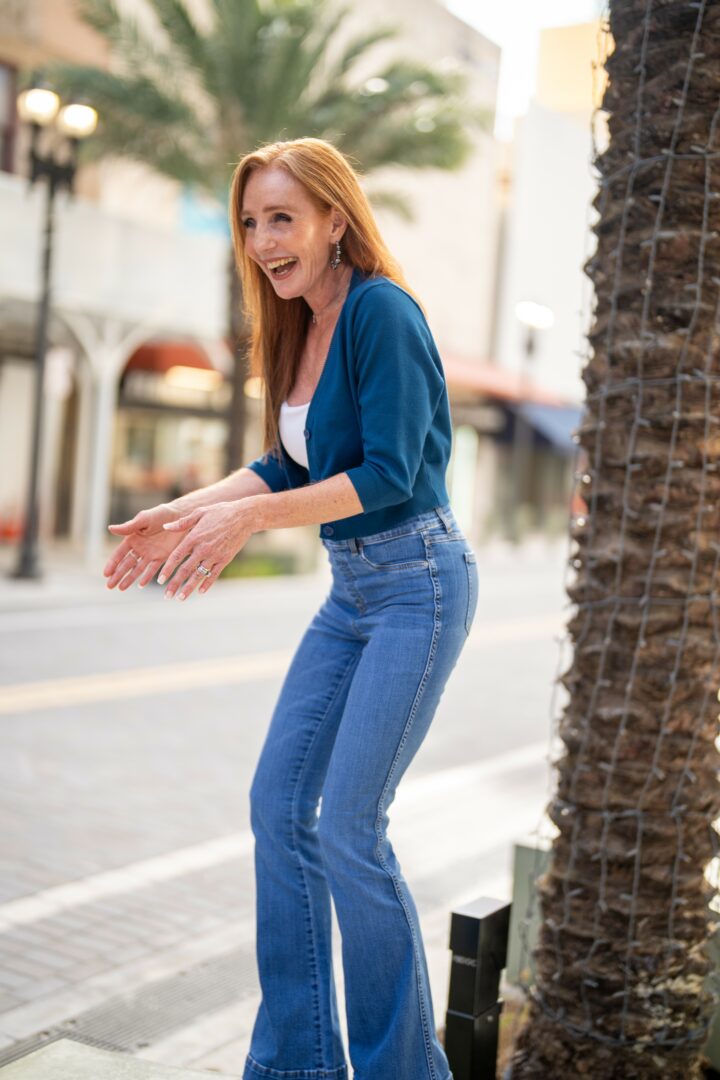
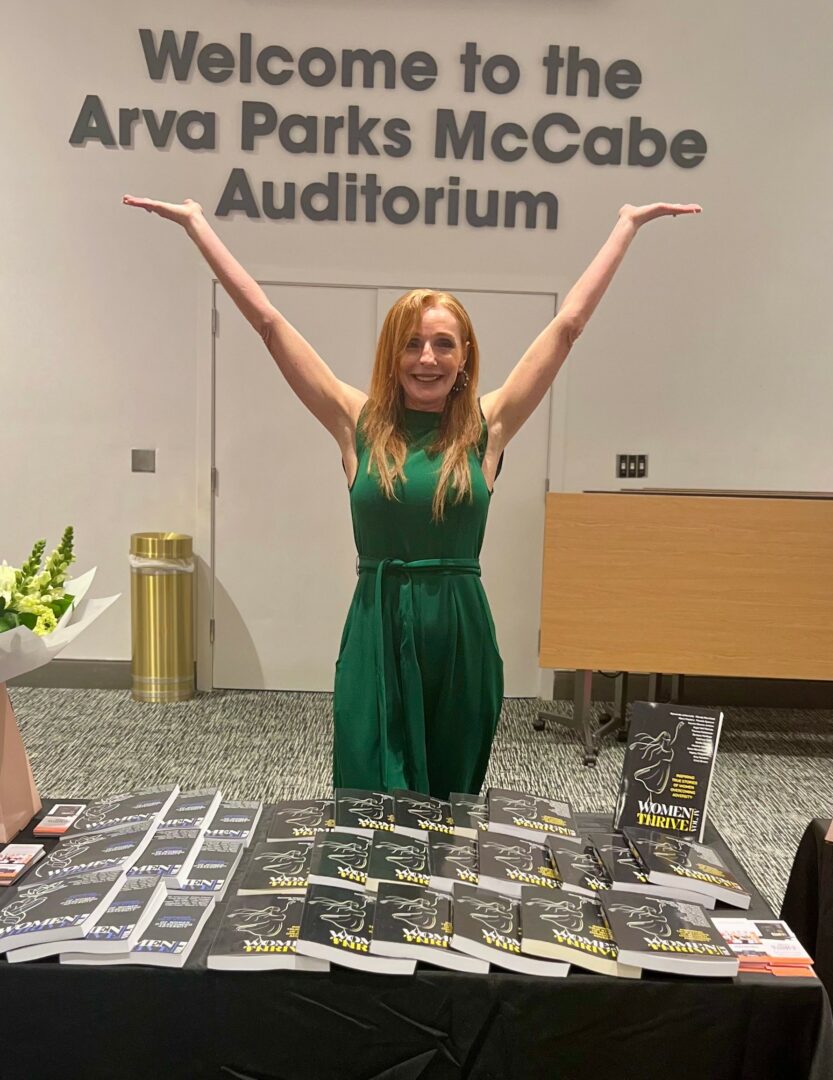
Before we go, any advice you can share with people who are feeling overwhelmed?
When overwhelm hits, my old pattern was to push harder—make another list, do more, keep going until I collapsed. But what I’ve learned is that true resilience doesn’t come from pushing through; it comes from pausing.
Today, when I feel overwhelmed, I go back to my breath. I’ll stop, close my eyes, and use a simple nervous system reset: inhale for 4, hold for 4, exhale for 6. It takes less than a minute, but it shifts me out of fight-or-flight and back into a place of clarity.
I also ask myself: “Is this mine to carry?” Because so often, as women, we take on everyone else’s weight until we can’t breathe under the pressure. That one question helps me release what isn’t mine and focus on what truly matters.
My advice for anyone reading: don’t wait until overwhelm takes you down. Build small rituals of peace into your daily life—deep breaths between meetings, a quick walk outside, journaling for five minutes at night. These tiny practices create space for your mind, body, and soul to catch up with each other.
Overwhelm doesn’t mean you’re failing. It means your body is asking for gentleness, not more grit.
Contact Info:
- Website: https://flourishnutritionaltherapy.com
- Instagram: https://www.instagram.com/flourishnutritionaltherapy/
- Facebook: https://www.facebook.com/heather.hanson.7773/
- Linkedin: https://www.linkedin.com/in/heather-hanson-870752b1/

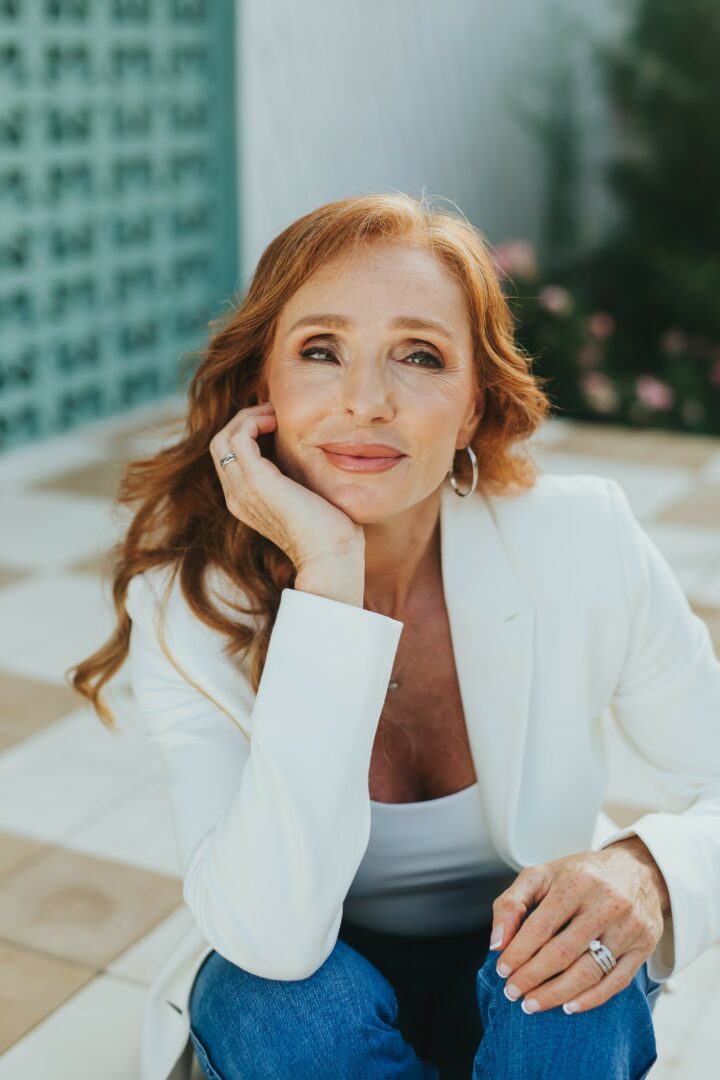
Image Credits
#2 & * are: Kati Maxwell
www.trueessencebranding.com
so if you or someone you know deserves recognition please let us know here.

